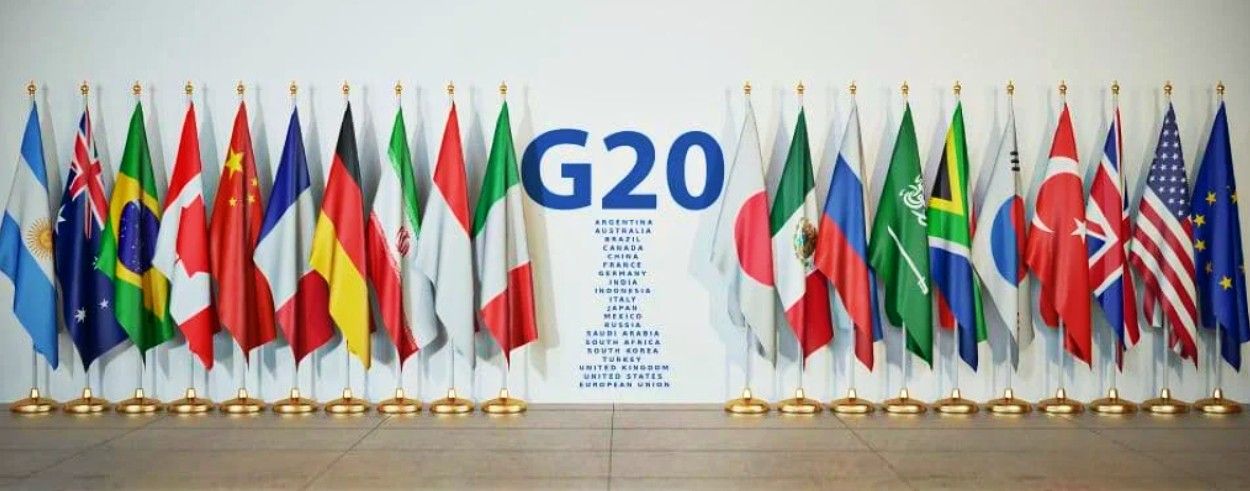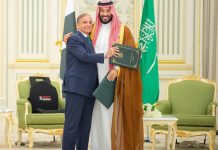By Amb Gurjit Singh
The 17th East Asia Summit (EAS) concluded in Phnom Penh, Cambodia, on November 13, with difficulty reaching an agreement on a statement. This portends poorly for the upcoming G20. However, there were no walkouts by Russia, China, or G7 participants.
The Chairman’s Statement recognized “the need to strengthen regional cooperation in addressing new and emerging issues and challenges of common interest and concern, supporting ongoing efforts towards a comprehensive post-COVID-19 pandemic recovery and ensuring long-term sustainability and resilience of regional development, agreed to generate considerable momentum of EAS cooperation, among others, by focusing our collaboration on advancing women’s economic empowerment, strengthening energy cooperation, and promoting volunteerism for sustainable development.”
The statement was on functional issues and had no references to Ukraine, Taiwan, SCS, China, Russia, etc. Only one reference to AOIP in the context of energy security appears, so it is an anodyne technical statement showing the problems that ensued while drafting.
Cambodia, the outgoing ASEAN chair, heaved a sigh of relief as its series of ASEAN and related summits concluded despite significant global challenges and divisions.
EAS is the premier leaders’ lead forum in the Indo-Pacific. Since its inception in 2005, it has played a significant role in the strategic and geopolitical evolution of the region. Apart from the ten ASEAN member states, East Asia Summit includes India, China, Japan, the Republic of Korea, Australia, New Zealand, the United States, and Russia.
India was represented at the East Asia Summit by Vice President Jagdeep Dhankar on his maiden diplomatic journey. This was among the rare times that PM Modi missed an EAS since 2014.
Vice President Jagdeep Dhankhar with the President of United States Joe Biden on the sidelines of the 17th East Asia Summit in Phnom Penh, Cambodia. pic.twitter.com/Sj1ng1zWuF
— ANI (@ANI) November 13, 2022
India, the founding member of the East Asia Summit, remains committed to strengthening it and making it more effective in dealing with contemporary challenges. It is also an important platform to promote practical cooperation in the Indo-Pacific by building upon the convergence between ASEAN Outlook on Indo-Pacific and Indo-Pacific Oceans Initiative.
At the 17th East Asia Summit, leaders discussed ways to strengthen the EAS. Matters of regional and international interest and concerns, including maritime security, terrorism, and non-proliferation. Besides Myanmar, Ukraine and Taiwan came up.
Cambodia had moments of glory when it chaired ASEAN for the third time and hosted its summit, followed by the EAS. Biden visited the region for the first time showing the US takes the region seriously.
Biden came after the US midterm elections considerably less bruised than anticipated. He promoted the IPEF, which has seven ASEAN members.
“He also highlighted progress in implementing the Indo-Pacific Partnership for Maritime Domain Awareness, through which the United States, Australia, Japan, and India are helping ASEAN nations and other Indo-Pacific partners to undertake marine conservation, counter illegal fishing, and respond to humanitarian disasters,” as per a White House readout.
At the annual East Asia Summit, I reaffirmed America’s enduring commitment to the Indo-Pacific and working with partners to deliver a region that is free and open, prosperous, resilient, and secure. pic.twitter.com/1vcfdyJ9f1
— President Biden (@POTUS) November 13, 2022
China typically sends its Premier while Xi goes to the G20. Putin did not participate in Russia and was represented by the foreign minister.
East Asia Summit Pulled Into All Directions
Many world leaders come to the EAS, which follows the ASEAN summits with its partners. ASEAN held summits with India, Australia, the USA, China, ROK, and Japan. The EAS signifies that the region is taken seriously and is essential.
The ASEAN summit and its harder position on Myanmar and softer on Ukraine set the pace at which the EAS was held. Zelensky was initially invited by Cambodia for a virtual address but could not build an ASEAN consensus, so the invitation fell through. The Ukraine FM was, however, there, making his rounds and seeking all-around support.
Considering China’s aggressive intent in the South China Sea, Myanmar’s unresolved internal conflict, and the Ukraine crisis, ASEAN member states were pulled in different directions. Cambodia supports China and Myanmar’s junta but not Russia.
Laos supports all three. Vietnam is critical of China in the SCS but quiet on Myanmar’s military regime and votes with Russia on Ukraine.
The EAS typically concludes the calendar of summits in the region. This time Indonesia chairs the G20 and has scheduled the Summit right after EAS. Further, Thailand is the Chair of APEC and has added that summit after G20.
So instead of the EAS being a culmination of summits in the region, it became a start, and a more significant focus shifted to G20. The issues faced are broadly the same.
Eight G20 members are at the EAS too. Fourteen EAS members are in APEC, with nine common members in G20. Thus in November 2022, there is much diplomacy afoot in the region.
India At East Asia Summit
East Asia Summit is an occasion where India plays to a larger gallery in the Indo-Pacific.
It is the highest level among the ASEAN-centric organizations. It is where India has often made important announcements. Nalanda University was enunciated as an EAS project at the 4th EAS in 2009.
More recently, the Indo-Pacific Oceans Initiative (IPOI) was launched by PM Modi at the 14th EAS in Bangkok in November 2019.
The IPOI and its partnership with the AOIP generate engagement between India and regional partners to safeguard the oceans collaboratively; enhance maritime security; preserve marine resources; build capacity and justly share resources; reduce disaster risk; strengthen science, technology, and academic cooperation; and promote free, fair trade and maritime transport.
The East Asia Summit is where the big powers come together and discuss matters, not so much in a single plenary but in the meetings on the sidelines, both formal and informal. That is how the region was managed for many years.
However, with ample cleavages between China, the US, and Russia, the problems are accentuated over the SCS, the East China Sea, Ukraine, Taiwan, and Myanmar.
The EAS nevertheless provided a rare occasion for leaders to meet around the first physical EAS in three years. This was the opportunity for the region’s countries to return to dialogue, however, strained it may be.
While the US-China Summit is saved for the G20, which President Xi Jinping will attend, Premier Li Keqiang and Biden were at the same event, and dinners at Phnom Penh have not gone unnoticed.

Similarly, Sergey Lavrov, the Russian FM, was keeping various appointments in Cambodia and was not ostracized by the G7 members present.
Vice President Dhankar’s address to the EAS emphasized food security and support for the International Year of Millets 2023. Energy security was also emphasized, and EAS was commended for promoting a free, open, and inclusive Indo-Pacific with freedom of navigation and overflight.
To support food and energy security efforts, India announced a further contribution of $5 million to the ASEAN-India science and technology fund to enhance cooperation in public health sectors, renewable energy, and smart agriculture.
Around the East Asia Summit, the US set out its position on the SCS, Taiwan, and the Indo-Pacific with specific views on DPR Korea and Myanmar.
Japan and Australia, among the Quad, also did the same. India emphasized the freedom of navigation along with the Quad partners. China spoke about its commitment to UNCLOS but its 20th-anniversary statement with ASEAN on the
The Code of Conduct showed how long it had allowed the issue to fester. Russia and China spoke of their anguish about the US polarizing the world.
The ASEAN aimed to maintain its own space without taking sides. Indonesia has taken over as ASEAN Chair and will lead ASEAN and East Asia Summit in 2023 after its G20 term. It has spoken more about creating space for dialogue and that opportunity EAS provided on the eve of the G20 Summit.
- Gurjit Singh is a former Ambassador to Germany, Indonesia, Ethiopia, ASEAN, and the African Union Chair, CII Task Force on Trilateral Cooperation in Africa, Professor, IIT Indore.
- Contact EurAsian Times at etdesk@eurasiantimes.com
- Follow EurAsian Times on Google News




